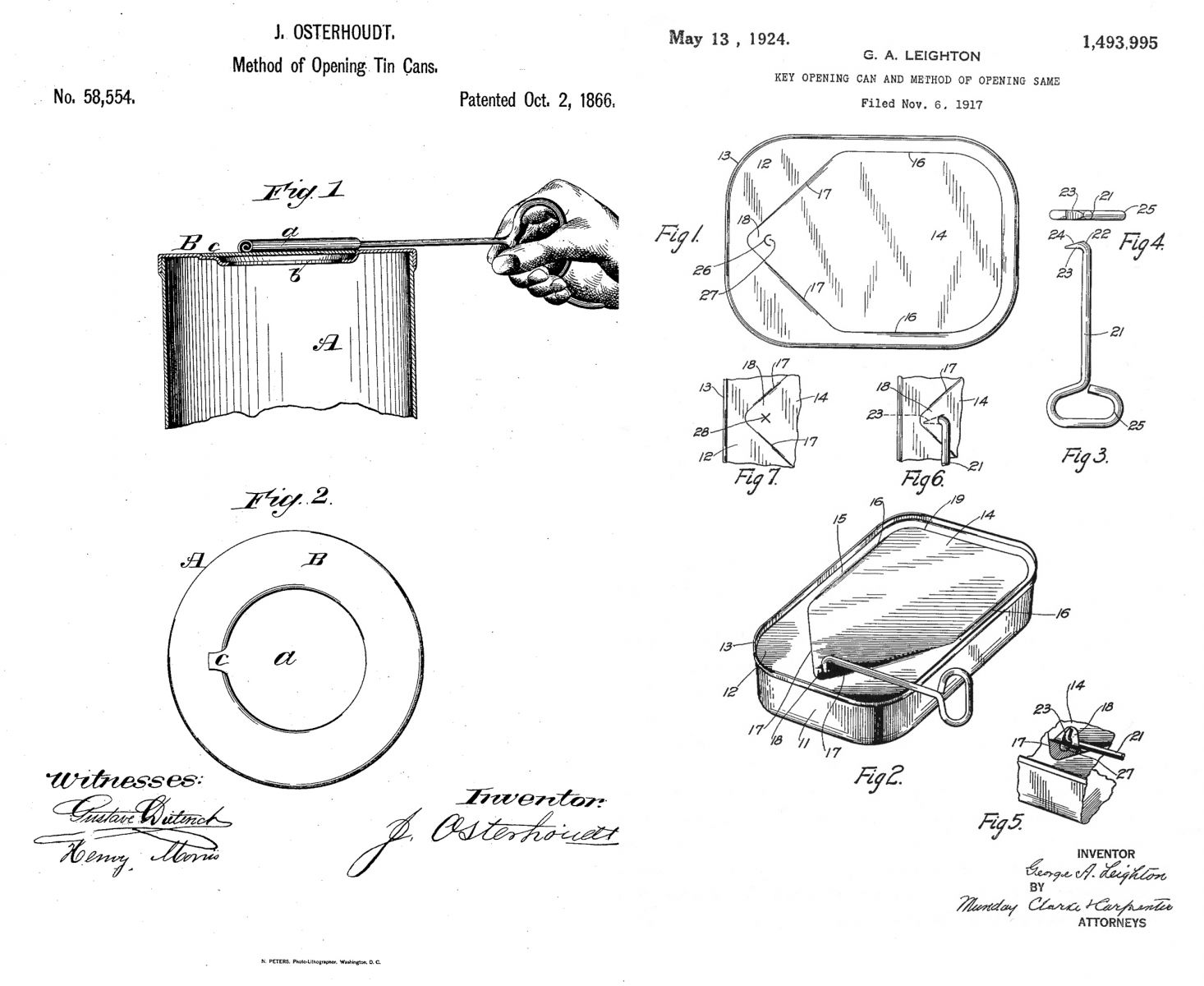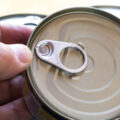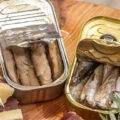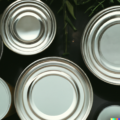The first tin cans emerged during Napoleon’s military campaigns and expeditions to the Arctic in the 19th century, however, due to their lead composition, they were harmful to health. In spite of this, today they are present all over the world.
In the 1960s, artist Andy Warhol transformed tin cans into Pop Art icons, especially Campbell’s Soups, which went from a simple kitchen product to a famous figure. However, the history of cans goes back almost 150 years and their original manufacture at the end of the 19th century together with scientific advances such as those of Pasteur were fundamental to improve the preservation and feeding of military troops during the 19th and 20th centuries.
During Roman times, food supply for the legions was a problem as it could affect the region’s resources. This can be seen in the tablets found at Vindolanda near Hadrian’s Wall, where a list of foods to be obtained was recorded, such as mashed beans, chicken, eggs, cheese and cereals. In addition, the Theodosian Code of 360 A.D. specified that troops on the move were to receive hard bread (known as “bucellatum”), sour and ordinary wine, as well as salted pork and mutton.
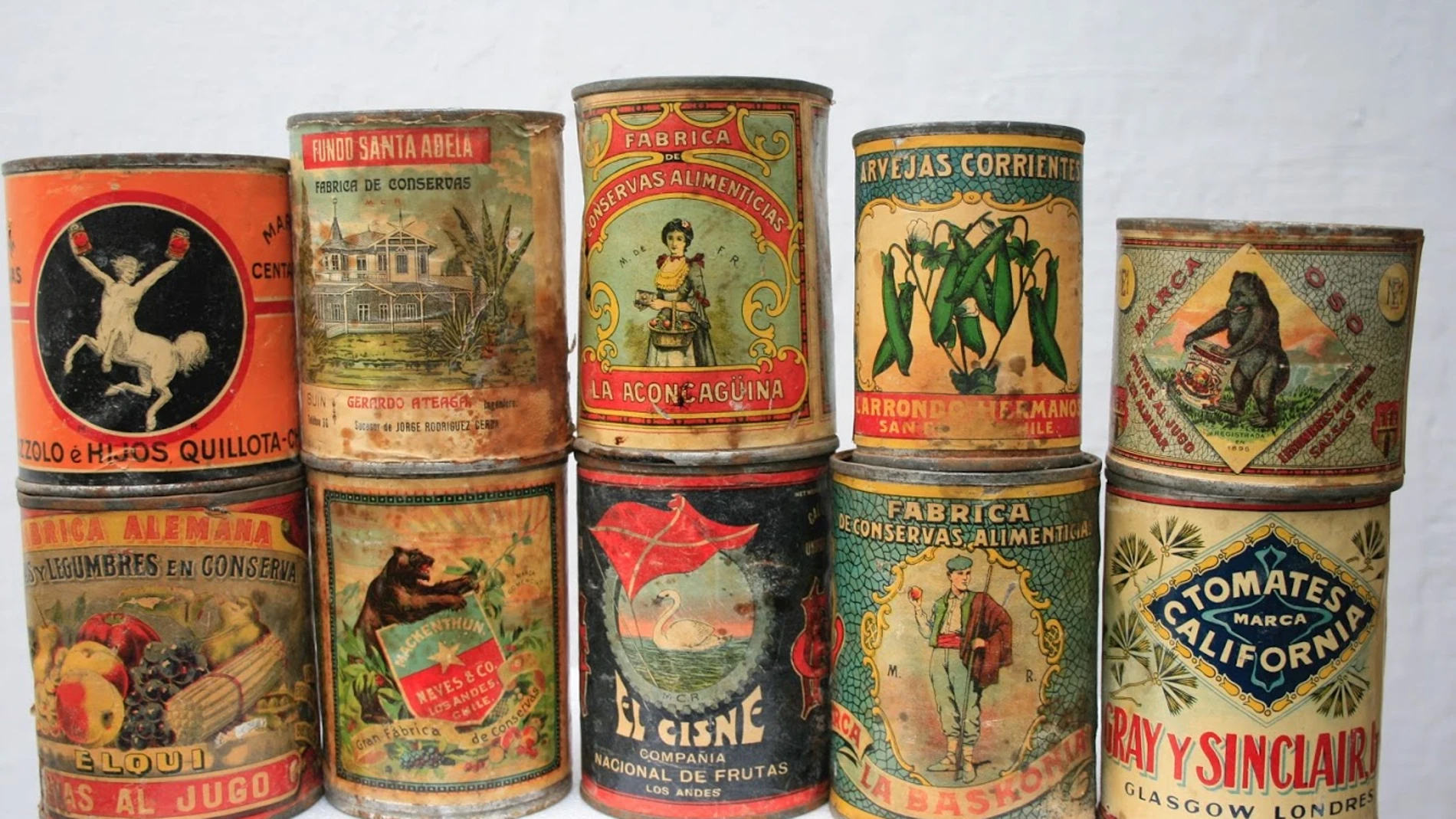
According to Michel Prestwich’s study of medieval warfare and campaigns, there were no gastronomic routes or a variety of foods for soldiers in this period. The diet consisted mainly of dried meat and hard bread cookies, as noted in the analysis based on the experience of the English contingents.
During the battles in North Africa and Flanders, the Spanish tercios did not have a varied diet. Their main source of food was “ammunition bread,” which was officially made from wheat and rye, but actually contained leftovers of all kinds such as unground wheat and gypsum. This led to disease and even epidemics among the soldiers, which has been documented by Hispanic history expert Geoffrey Parker in his study of the armies in Flanders.
During the year 1795, France was in the midst of a war and both its soldiers and its population were suffering from food shortages. Although they managed to win battles in Europe, the trenches were decimated by diseases such as scurvy due to the lack of a proper diet, based mainly on meat and bread as there was no way to preserve fresh food. Aware of this problem, the Directory of the French government (1795-1799) created after the Reign of Terror (1793-1794) during the French Revolution, decided to launch a competition with a prize of 12,000 francs for the citizen who could find an effective system to preserve food and allow its transportation during military campaigns.
Napoleon, who was becoming increasingly famous, understood the importance of feeding armies well on his travels, as he himself had lost soldiers to both disease and war.
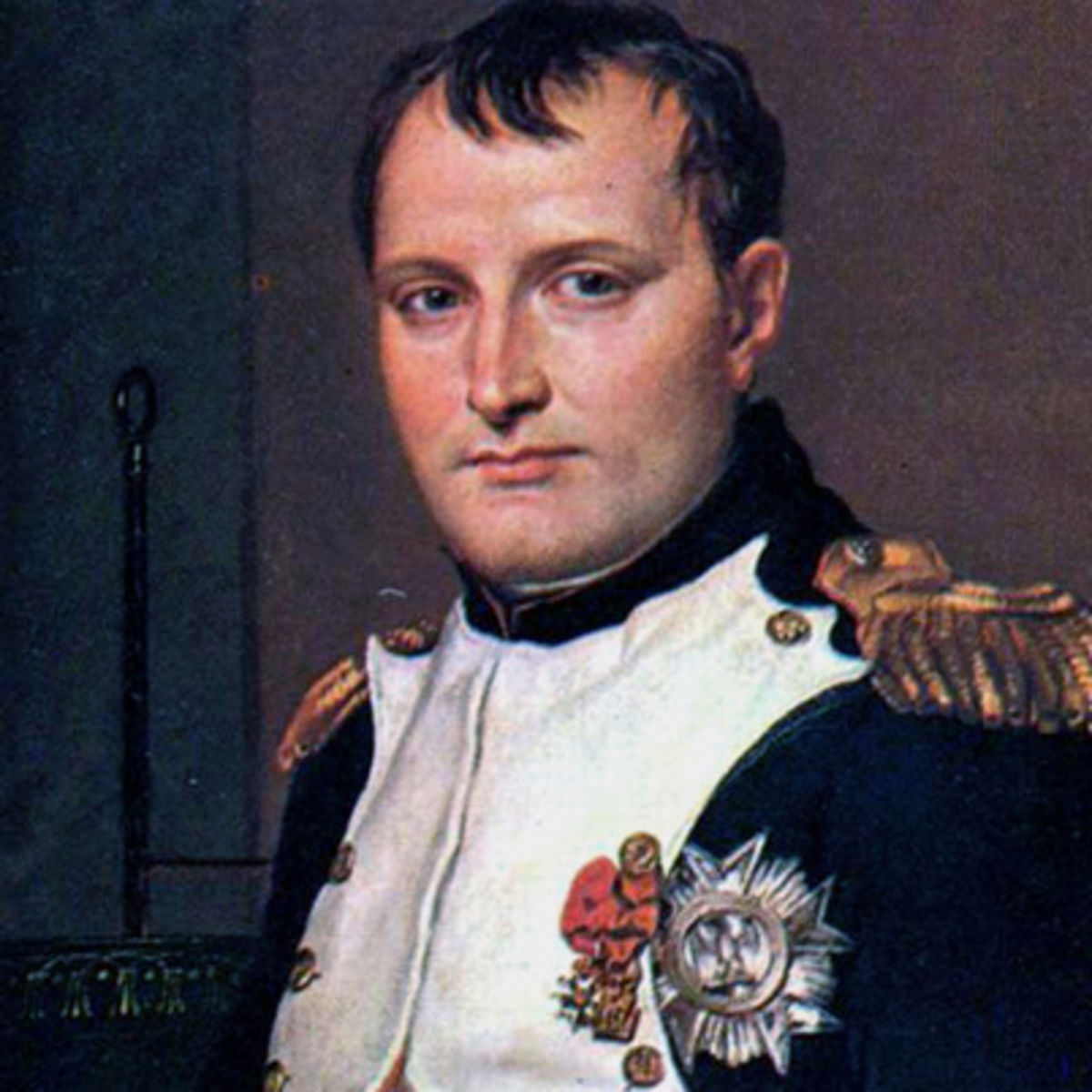
In 1810, Nicolas Appert won a prize for his experiments with food packaging. Appert was a cook and distiller who used glass bottles with cork stoppers and wire sealed with sealing wax to store meats and vegetables, which were then boiled for 12 hours. With the prize money, he was able to build a factory to continue his packaging technique, but it burned down in 1814.
After Louis Appert, the British entrepreneur Peter Durand became interested in the vacuum packaging process and patented it in 1810. His method consisted of using cylindrical wrought iron flasks covered with tin-plated steel and hermetically sealed with lead, which was quickly adopted by the British navy.
Mr. Durand decided to sell his patent for £1000 to the owners of the Dartford iron foundry, Bryan Donkin and John Hall. These men began producing cans coated with a combination of iron and tin, and later used steel in their manufacture. Over time, they perfected the technique in the production of these cans.
In 1813, Donkin and Hall conducted a test by sending cans of food to the British army and navy. Five years later, in 1818, the Royal Navy was already consuming 24,000 cans of food a year.
In 1845, an expedition led by Sir John Franklin and sponsored by the British navy set out from London in search of the Northwest Passage, a route that would allow them to round the American continent from the north. The expedition consisted of two large ships, the Erebus and the Terror. However, due to the polar winter, the expedition was trapped and never heard from again. Lady Franklin, the captain’s wife, organized more than thirty campaigns in search of him, but without success.
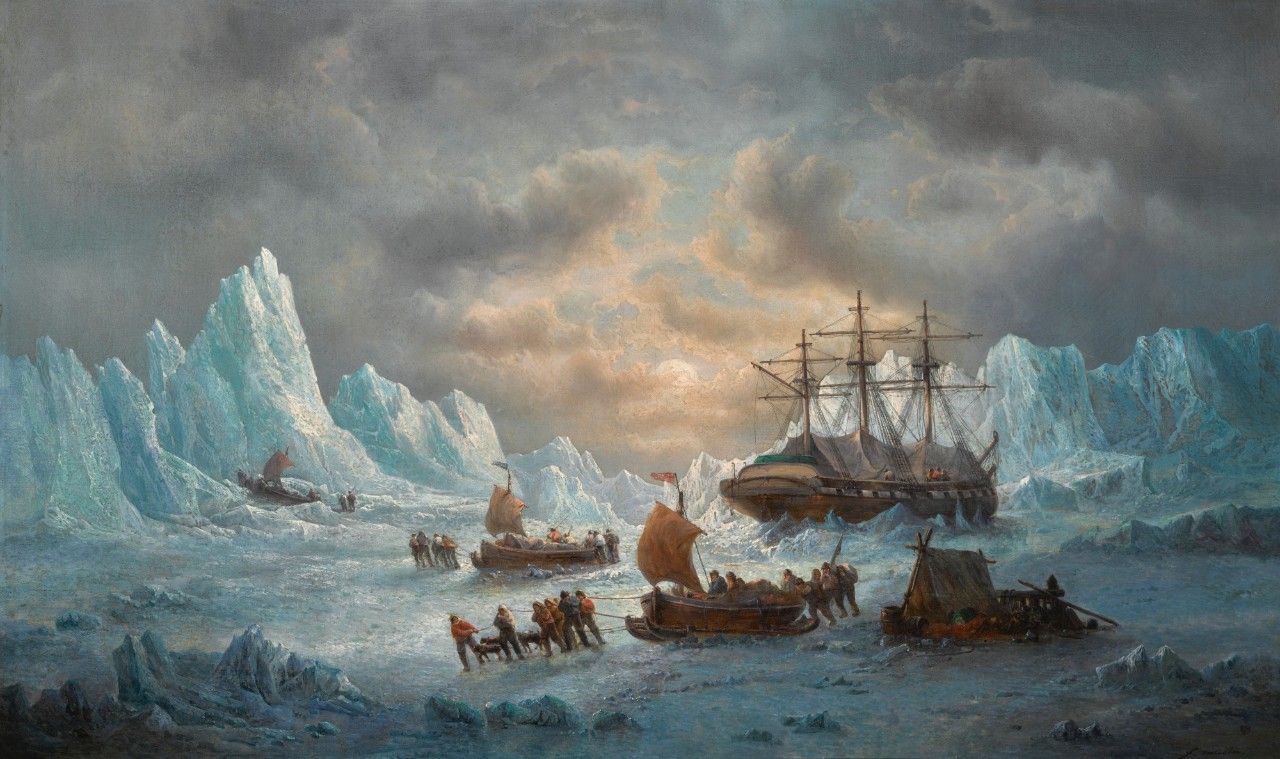
In 1986, it was discovered that three sailors who had been in a freezing environment did not die from the cold, but from having ingested lead through spoiled canned food. To test its efficacy, old cans were opened in 1958 at a British Food Research Association, one of which came from the ship Felix, which had participated in the search for Captain Sir John Franklin. Despite being very hard and difficult to open with a punch and hammer, these early cans proved to be effective in keeping the fat in perfect condition. However, its opening could cause cuts and wounds due to its compact composition.
Although canned food had been known for a long time, it was not until 1855 when Robert Yates invented a can opener that made it easy to open. Then, in 1866, J. Osterhoudt created a container with a crimped key to open it, which allowed the demand for these foods to grow rapidly. The need for canned food increased in the late 19th century due to conflicts such as the Crimean War, the American Civil War and the Franco-Prussian War, which led canning companies to expand their business.
During the 1960s, there were questions about the use of tin-lead for sealing cans, which led to the search for an alternative system using electric solder. It was not until 1962 that Ermal Cleon Fraze invented the pre-cut tab, known as ring pull, which was implemented on all types of cans under the name “easy open”. This system made it possible to open the cans with greater safety for our fingers.
